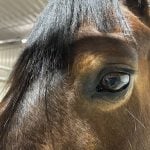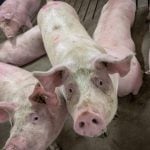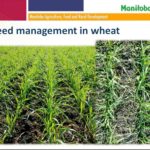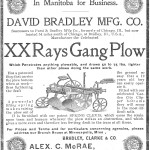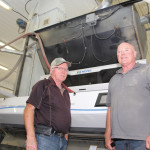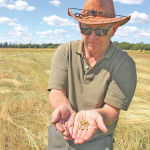Winter wheat and fall rye harvest is underway in Manitoba. To date, preliminary reports indicate winter wheat yields range from 60 to 95 bu/acre, and fall rye yields range from 40 to 90 bu/acre. Weekend thunderstorms resulted in variable amounts of precipitation, hail activity and lodging of crops across some areas of Manitoba. The majority
